Fictionland
I grew up with one foot in Dublin, one foot in the midlands of Laois and Kilkenny where I spent my teenage years. This dual experience has particularly influenced my fiction films and their use of landscape.
I started out with a commitment to making films about the contemporary urban experience. In the years between the abolition of the first Irish Film Board in 1987 and its reinstatement in 1993 there wasn’t much indigenous drama being made in Ireland and most of the incoming films were either dealing with the North as a violent dramatic backdrop or with an Irish rural past.
I was probably most effective when I gave my stories a more personal feel as in Stephen or The Last Bus Home. The more overtly political tv play The Bargain Shop provided a very worthwhile bridge between the short form and taking the plunge into features. By the late 1990s a new urban orientation prevailed in Irish cinema, particularly around the subject of Dublin’s crime world. In 1997, I moved myself and then my company Bandit Films to County Leitrim, initially to make the post-ceasefire Mapmaker which gave me real scope to explore the notion of landscape as character. Films about the North had tended to simplify the nature of the conflict for dramatic purposes into IRA versus Brits. I was keen to explore competing notions of Irishness and to move beyond the British-Irish axis which had been explored previously, not least in Brian Friel’s play Translations which was one of the first plays I had ever seen. In my mind also was the need for Truth and Reconciliation as a route to political progress post ceasefire.
After Mapmaker, I spent much of the next decade producing documentary while putting together a film set in Spain and Morocco about the migrant crisis, a development I had witnessed over 2001-2002. For a series of reasons – mainly relating to the challenges of co-producing with Spain - this film, which for a significant period had the wonderful Egyptian actor Omar Sharif attached in the lead role, was never made.
In 2012, I teamed up with Roscommon writer Brian Leyden to make a second border film, Black Ice: the subject, a growing phenomenon of boy and girl racers, whose antics around my Leitrim home I could hear at night as I lay in bed and whose art-work in the form of dumped snack boxes on the road verges and doughnut shaped tyre marks (or what Brian referred to as their “crop circles”) could be seen at nearby cross-roads in the morning. Black Ice, which I completely financed to rough cut stage independently with co-producer (and distant cousin) Nicky Gogan and her company Still Films and made with a crew largely drawn from my immediate area in Leitrim was a thoroughly satisfying return to feature film making. The film, which benefited from a wonderful cast led by Jane McGrath and Killian Scott, received a decent and prolonged one-month release in cinemas and found a big DVD and TV audience through repeated broadcasts on RTE.





